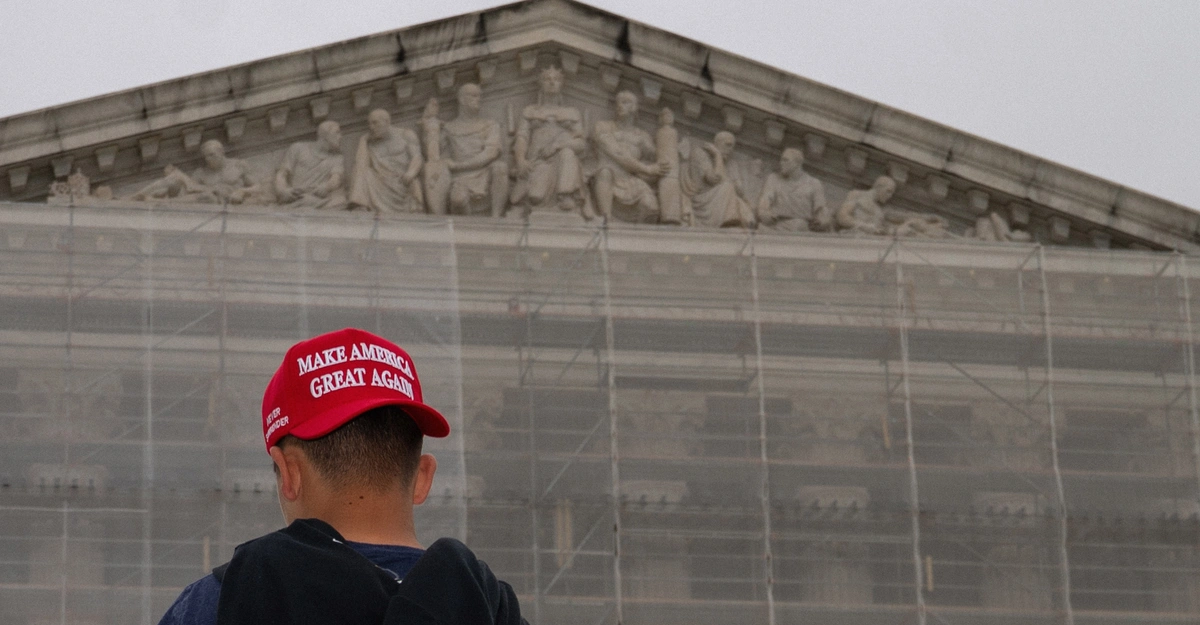Copyright The Austin Chronicle

On the evening of Nov. 4, Austin ISD sent an unexpected email out to all families in the district announcing that Palm, Bryker Woods, and Maplewood elementaries are being taken off the closure list next year. Additionally, the AISD Board of Trustees’ vote on new school boundary lines across the district is being postponed to fall of 2026. Now, only students at the 10 schools still slated for closure, and at the six schools planned for non-zoned dual-language or Montessori programs, will be reassigned to a new school next year: Barrington, Becker, Dawson, Oak Springs, Ridgetop, Sunset Valley, Widén, and Winn elementaries, Martin and Bedicheck middle schools, and currently Joslin, Wooten, Odom, Sánchez, Pickle, and Govalle elementaries for the special programs. All other AISD students will continue to be zoned for and can attend their current neighborhood school. The pivot is surprising, given that the district released an updated, recommended consolidation plan just days ago based on intensive community feedback collected throughout October. And last week’s board meetings gave parents the impression that the district was staying the course; when trustees debated the viability of giving this plan another year, as AISD families have asked for, Superintendent Matias Segura said he would be “pretty adamant” that the district not go down that path. With the new district map just days away from a final draft, and the board’s vote on TEA-mandated Turnaround Plans (TAPs) and school closures scheduled for Nov. 20, Tuesday’s announcement marked a dramatic course shift. Segura offered some insight in his letter to AISD families, writing, “In the past few days, members of our community have brought forward significant concerns about the integrity of specific individuals leading the process of applying community feedback to the updated plan.” Following up with press on the morning of Nov. 5, Segura commented further. “Over the last couple days … it became clear that some of the refinements around boundary changes, and the consolidations tied to balance enrollment, had not met my expectations when it came to exploring all ideas that had validity.” The district’s Office of Professional Standards has launched an investigation into those individuals’ actions, who Segura said work in the operations and communications departments. Segura declined to comment on what offense triggered the investigation, how many people are being investigated, or if they are still employed with the district. “No single person informs all of the work, that’s the honest truth. But there are individuals who are … close to the work, and that is where the focus of the investigation is,” Segura said. The board will still vote on the 10 school closures and six non-zoned schools on Nov. 20. The district will submit two dozen TAPs to the Texas Education Agency on Nov. 21, still aiming to avoid another unacceptable testing-based score at any AISD campus next year that would trigger additional TEA accountability. The district will revisit the plan to redraw school boundaries, which determine what neighborhood school students are zoned for, starting mid-spring and going into the summer. “I am someone that will make hard decisions. I am someone that will do what’s best for this school district,” Segura said. “But integrity of the process has to be held throughout the entire process or else it’s difficult for me to provide my support and take it forward.” Segura emphasized that the current draft map of school boundary changes, designed to fill empty seats, reduce costs per student, and align feeder patterns, is already “in a really good place” after the latest round of 7,000 feedback cards sent in from AISD families. Segura wants to be clear that the district is not abandoning the plan, but rather breaking it up over two years versus one. This shift decouples the urgent TAP timeline from the boundary changes (Maplewood, Bryker Woods, and Palm did not have TAPs) but not the other closure decisions, which is really what AISD families asked for. Moreover, AISD is still projected to run out of money by next school year, and Segura maintains confidence that the reduced number of closed schools will still save enough money to make a difference for the district. “When you think about the total reduction in costs, $24 million conservatively, there will be an adverse impact to that [with three fewer closures]… but it’ll still be a meaningful impact,” he said. Parents last night were confused by the email’s vague language – many online questioned where their child will go to school next year, with so many updates thrown at them over the last few weeks. There’s no new district map still relevant after this decision for parents to reference right now. The district acknowledged that there should’ve been more clarity regarding schools no longer affected next year, and said they will provide additional communication by the end of the week. This article appears in November 7 • 2025.



